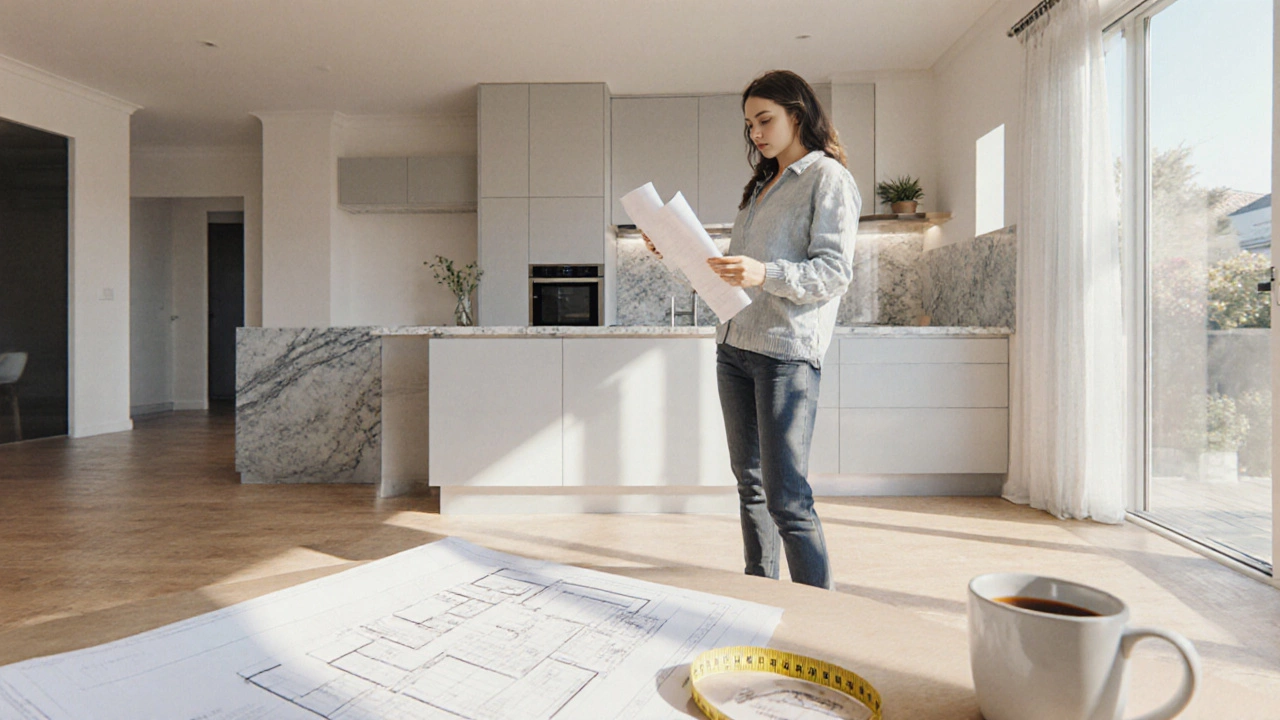Kitchen Installation Price: What Really Drives the Cost
When budgeting for a kitchen installation price, the total amount you pay to fit a new kitchen, covering labour, fixtures, fittings and appliances. Also known as kitchen fit‑out cost, it can vary widely based on several factors. One of the biggest pieces of the puzzle is labour cost, hours charged by plumbers, electricians and cabinet fitters. Next comes material selection, type of cabinets, countertops, flooring and finishes you choose, which directly influences the overall spend. Finally, appliance budgeting, price of ovens, fridges, hobs and other built‑in units adds a layer of complexity that many homeowners overlook. Understanding the kitchen installation price helps you avoid surprise costs and gives you a clear roadmap for the project ahead.
Key Factors Behind Kitchen Installation Price
First, labour cost is a direct function of the skills required and the time needed. A straightforward cabinet install might run at £30‑£45 per hour, while electrical work for high‑end appliances can push rates to £60‑£80 per hour. This means that a full‑service install with plumbing, electrical and carpentry can easily double the base labour figure. Second, material selection shapes the budget in three ways: quality, aesthetics and durability. Solid wood cabinets cost significantly more than MDF, natural stone countertops outpace laminate, and engineered flooring sits between hardwood and vinyl. Each choice carries a price per square foot that adds up quickly across a typical 12‑15 m² kitchen footprint. Third, appliance budgeting is often the hidden driver of the final total. A premium built‑in oven can cost as much as a mid‑range fridge, and adding a dishwasher, extractor hood and smart fridge multiplies the figure. When you line up all three – labour, materials and appliances – you get a realistic picture of what the kitchen installation price really means. For example, a modest remodel might sit around £8,000‑£12,000, whereas a luxury fit‑out with high‑end appliances and bespoke cabinetry can exceed £30,000.
Third, good budget planning and quote comparison are essential to keep the kitchen installation price within reach. Start by listing every component – labour hours, cabinet style, countertop material, appliances, plumbing fixtures and any extra services like demolition or waste removal. Get at least three detailed quotes and break each one down line‑by‑line; this reveals where one contractor might be charging a premium for faster turnaround or where another is cutting corners on material quality. Don’t forget to factor in contingency – 10 % of the total is a sensible safety net for unexpected issues like hidden pipework or floor leveling. Finally, keep an eye on timing. Seasonal demand spikes can push labour rates up, while off‑peak periods often bring discounts. By mastering these moves, you’ll turn the kitchen installation price from a vague number into a transparent, manageable plan. Below you’ll find a curated set of articles that dig deeper into each of these topics, offering step‑by‑step advice, real‑world cost examples and expert negotiation tactics to make your kitchen remodel a success.

